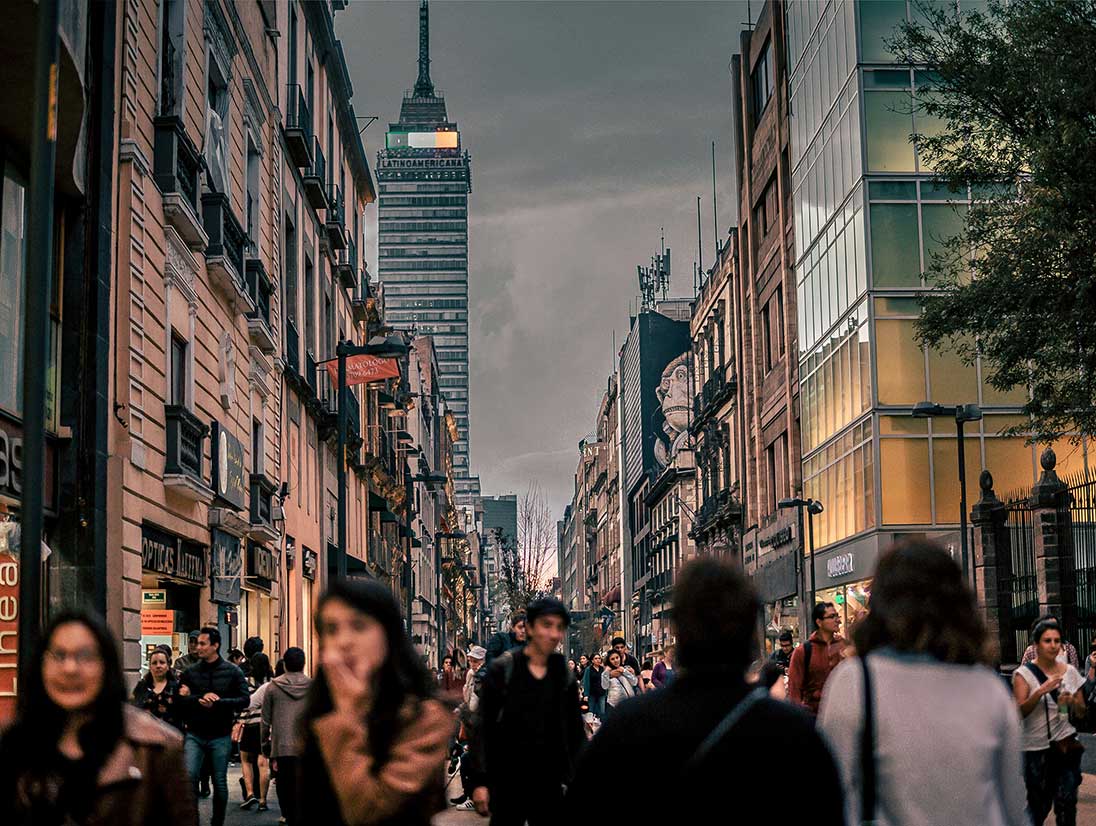Last week, the European Payments Council released not one, not two, but five updates for banks in the Single European Payments Area (SEPA).
While the standard SEPA Rulebook remains mostly unchanged, the spotlight is on the SEPA Instant Credit Transfer (SCT Inst) Rulebook, which brings crucial clarifications to align instant payments with the Instant Payment Regulation (IPR). This marks the first significant update since the 2023 rulebook launch.
In this article, we explore the major changes. From resolving long-standing ambiguities to introducing fresh obligations, here are seven key updates you need to prepare for:
1. Time of Receipt (ToR) changes: 10 seconds to 5-7-9
For starters, there’s been yet another change to transaction timings for SEPA instant payments. Banks still have a 10-second window to complete a transaction following the initial Time of Receipt (TOR), but now there are three limits to consider: 5, 7, and 9 seconds. This new framework includes a maximum execution time, a hard time-out which acts as a safeguard if the payment fails, and a confirmation deadline.
- 5-Second Execution Time: The Originator PSP must process the transaction and send it to the Beneficiary PSP within 5 seconds of the TOR. The Beneficiary PSP then decides to accept or reject the payment and communicates the outcome back to the Originator PSP. If accepted, the payer is notified; if rejected, the reserved funds are promptly released.
- 7-Second Hard Time-Out: If exceptional delays occur, the Beneficiary PSP or its Clearing and Settlement Mechanism (CSM) must provide a confirmation by the 7th second. If no response is received, the transaction is automatically rejected, with a “Time-out” notification sent to the Originator PSP.
- 9-Second Confirmation Deadline: By this time, the Originator PSP must have received the final confirmation message, whether positive or negative. If the transaction is successful, the payer is notified, and the payment is completed. In the event of a rejection or lack of confirmation, the Originator PSP restores the payer’s account to its original state by the 10th second, ensuring funds are not unnecessarily held.
The “5-7-9” framework plays a pivotal role in the SEPA Instant Credit Transfer Scheme by combining speed with precision. Transactions are processed within seconds, minimizing delays and enhancing the customer experience. Meanwhile, clear rules for handling exceptions and rejections ensure that every transaction is resolved transparently.
For businesses and consumers, this framework translates to real-time payments that are not only fast but also reliable and secure, aligning with the growing expectations of a digital-first economy. For banks, it’s another hurdle to overcome.
2. Real-Time Notifications and Account Restoration
In the 2023 rulebook, customer notifications (positive or negative) about payment status were optional. Banks could choose how or if to inform customers. And there was no clear guidance on how to handle payment failures.
In the 2025 rulebook, notifications are now mandatory, and banks must communicate transaction outcomes in real time. While the format of notifications (e.g., SMS, email) is not prescribed, banks must offer flexible options. This should help to boost transparency and trust in the payment process.
Here’s how it will work:
- Immediate Notification: The Originator PSP must immediately inform the Originator about the status of their payment instruction. This includes letting them know whether the funds have been successfully made available to the Beneficiary or if the transaction has been rejected.
- Positive Confirmation: If the Originator PSP receives a positive confirmation message indicating that the funds have been made available to the Beneficiary, it must promptly inform the Originator of the successful transaction.
- Negative Confirmation: In the case of a negative confirmation, where the transaction is rejected, the Originator PSP must inform the Originator of the rejection and provide the reason for the rejection.
- Communication Channels: The specific contents of the notification and the communication channel used are not prescribed by the scheme, allowing PSPs to choose the most appropriate method for informing their customers, such as through online banking notifications, emails, or SMS alerts.
That’s all well and good – but what happens if the payment fails? According to the new rules, banks must refund the account within 10 seconds and let the originator know:
- No Confirmation Received: If the Originator PSP does not receive any confirmation message (positive or negative) within 10 seconds of the Time Stamp, it must take immediate action to restore the Originator’s Payment Account to its original state.
- Restoration Process: This involves lifting the reservation of the amount that was made on the Originator’s Payment Account when the SCT Inst Instruction was initially processed. Essentially, the account balance should reflect the state it would have been in had the transaction not been initiated.
- Notification of Restoration: The Originator PSP must adequately inform the Originator about the restoration of their account and the status of the transaction. Again, the specific contents and communication method are not dictated by the scheme, providing flexibility to the PSP.
These obligations are designed to ensure that customers are kept informed about their transactions in real-time. Any issues, such as unconfirmed transactions, are promptly addressed to maintain account accuracy and customer trust. By fulfilling these obligations, PSPs can enhance the reliability and transparency of the SEPA Instant Credit Transfer Scheme.
3. Payment Channels
This is another big one. The original SEPA Instant rulebook required core payment processing systems (e.g., payment engines and gateways) to operate 24/7. However, it was unclear whether this applied to customer-facing channels such as:
- Branches (which typically operate on fixed schedules).
- ATMs (which might occasionally go offline).
- Online banking or mobile apps (which could be temporarily unavailable for maintenance).
This led to confusion among banks and PSPs about whether these channels also had to guarantee uninterrupted service.
But the updated rulebook now mandates that all channels supporting SEPA Instant Payments—whether online or offline—must provide continuous service for instant payment transactions. The term “continuous service” is explicitly defined, ensuring there is no ambiguity.
Any channel used to initiate or process SEPA Instant payments—be it a branch, ATM, online banking, or app—must now ensure that instant payments can be processed without interruptions. And planned maintenance must be communicated. While the rulebook acknowledges that planned downtime (e.g., system upgrades or maintenance) is sometimes unavoidable, it requires PSPs to notify customers in advance. That means clearly specifying the duration and expected impact of the downtime. This should guarantee accessibility and reduce service interruptions.
4. Alias and Proxy Payments
The new rulebook brings alias and proxy identifiers into focus for domestic payments. For individuals, this gives the option to associate their bank account with a name different from birth. For companies, it could be a trading name different to their legal name. Both groups will now also be able to connect their bank accounts to phone numbers, email addresses, and other unique identifiers.
The goal here is to make for a more user-friendly experience, similar to systems like UPI in India and PIX in Brazil. In these systems, users can send money to someone simply by entering their phone number or email, without needing the recipient’s bank account details. It’s been a great way to boost adoption.
But, while practical for local transactions, using an alias or proxy for cross-border transactions remains limited due to potential risks and the need for precise IBAN information. It will be interesting to see how much they are used in the EU.
5.Structured Addresses
Another necessary and valuable update is the transition to structured addresses starting November 22, 2026.
An unstructured address typically includes all address details in a single field, with no standard format (e.g., “123 Main St, Paris, France, 75001”). This lack of structure often causes inconsistencies, leading to errors and miscommunication in payment instructions.
A structured address, on the other hand, breaks address data into predefined, standardized fields such as:
- Street Name
- House Number
- Postal Code
- Town Name
- City
- Country Code
This format ensures uniformity, clarity and consistency, reducing errors for SEPA Instant Payments and bringing them in line with global best practices.
A transition period will allow PSPs to move gradually from unstructured to hybrid or fully structured address formats. After the November 2026 deadline, only structured or hybrid addresses will be accepted in SEPA Instant Payments. PSPs must ensure full compliance by this date.
While this change promises significant operational benefits, including improved automation and better cross-border payment processing, PSPs must invest in system upgrades and customer education to ensure compliance and avoid disruptions. Early adoption of structured addresses will position banks to meet evolving payment demands while delivering enhanced customer experiences.
6. Recall Process Clarified
Recalls are useful for things like mistaken transactions, duplicate payments and fraud.
In the earlier rulebook, Originator PSPs could send multiple recall requests for the same transaction. This lack of restriction created operational inefficiencies and confusion between PSPs during the resolution process.
Now, the new rulebook mandates that only one recall request can be sent per transaction, streamlining the process. Beneficiary PSPs must respond to recall requests within 15 business days. If they don’t, they’re in breach of the rules. To ensure accountability, in cases of no response, Originator PSPs can send a PACS.28 status update request to follow up.
The rulebook still limits recalls to specific scenarios, such as when funds are sent to the wrong recipient, transactions have been processed more than once, or fraud has been detected.
While SEPA Instant Payments remain irrevocable by design, these changes provide a clear and efficient pathway to address legitimate issues. The enhanced rules ensure greater trust between PSPs and their customers, fostering a more reliable payment environment.
7. Maximum transaction limit removed
Finally, the default maximum transaction amount of €100,000 has been removed. Banks can now define their own transaction limits, allowing greater flexibility and potentially enabling the use of SEPA Instant for higher-value transactions.
What this means for other SEPA schemes is yet to be seen. If banks can now send transactions of any size as an instant payment, there is arguably no need to manage any other schemes. Could this be the start of the end for SCT and TARGET2?
How should I react to the SEPA Instant Payments Rulebook?
The 2025 SEPA Instant Payments Rulebook is more than just an update—it’s a transformation. By clarifying requirements, introducing stricter standards, and improving the user experience, the EPC has positioned SEPA Instant at the forefront of global payment systems.
If you’re a bank or PSP in Europe, there are several key actions to ensure compliance with the new SEPA Instant Payments rulebook.
First, optimize your payment systems to meet the new time of receipt and notification standards. You must ensure that payments are processed and acknowledged within the specified time frames.
Then, enhance your communication strategies by preparing to offer real-time updates to customers and transitioning to structured address formats well ahead of the mandatory deadline.
Another important step is to adapt for alias payments, exploring how to incorporate alias functionality—such as using phone numbers or email addresses—into domestic payment workflows to simplify the customer experience.
Finally, banks and PSPs must plan for continuous service, strengthening their infrastructure to ensure uninterrupted payment operations, especially during planned downtimes or maintenance periods, to meet the 24/7 availability requirements set by the rulebook.
With maximum transaction limits removed, banks will need new liquidity management strategies.
Need help with the SEPA Instant Payments Rulebook?
Speak to RedCompass Labs. We’ve helped some of the biggest banks in the world get ready for the future of payments. If you’re struggling with the deadlines, our team of payments modernization experts can help. Reach out today.
Share this post
Written by

Santhosh Kumar
Senior Business Analyst, RedCompass Labs
Resources






